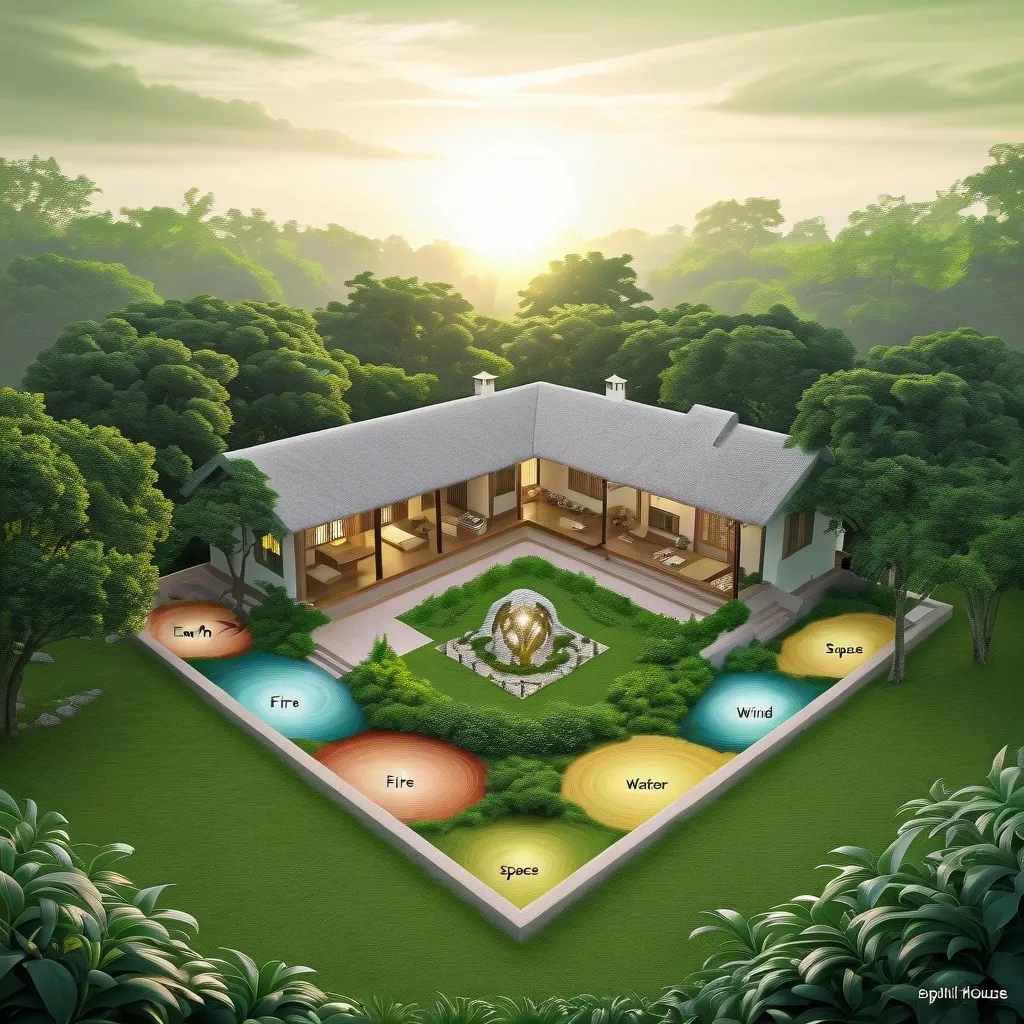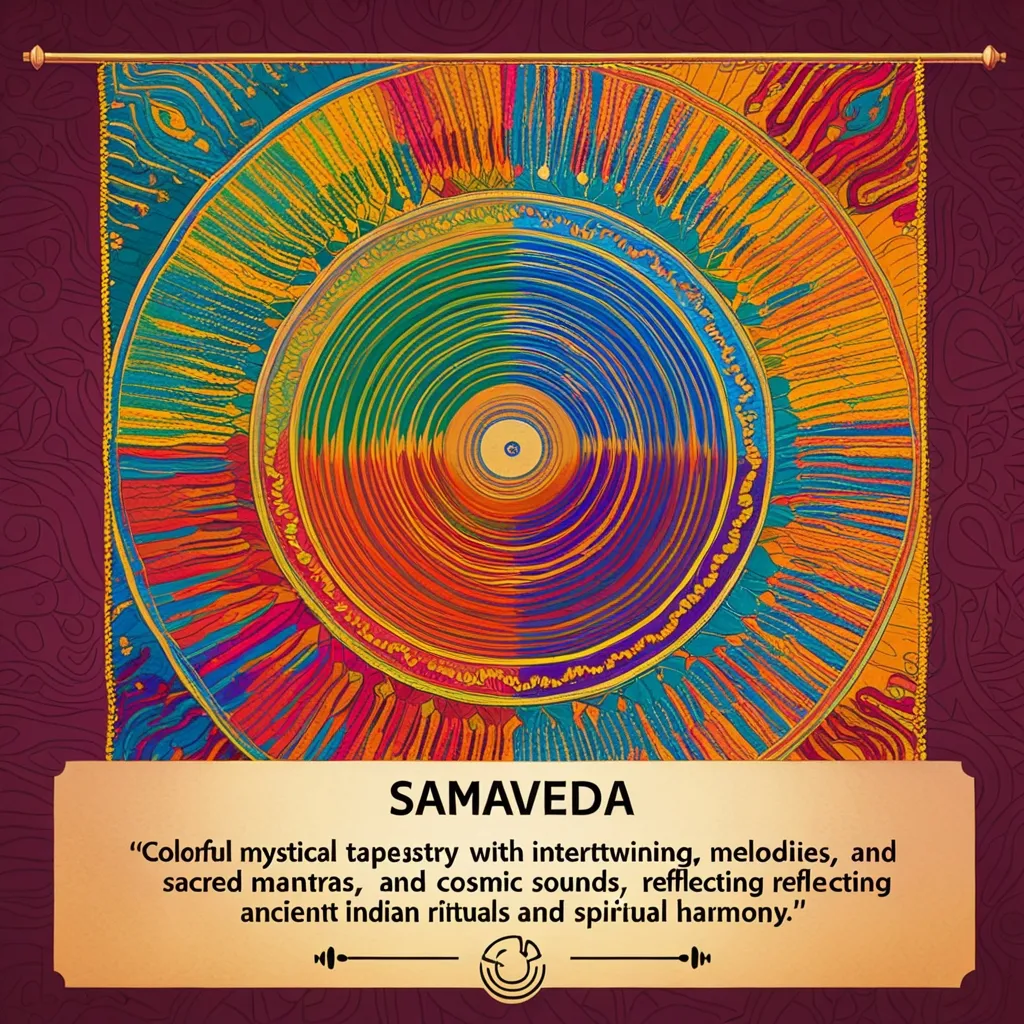In Hinduism, Vastu Shastra, often called Vedic architecture, is a big deal. It’s not just about stacking bricks and mortar; it’s about creating spaces that vibe well with nature and the cosmic forces around us. Imagine your home not just as a place to crash after a long day but a harmonious abode that nurtures your well-being. That’s the magic Vastu Shastra promises.
Ancient Roots and Deep Philosophy
This wisdom isn’t some new-age discovery. Vastu Shastra goes way back to the Vedic times, hinging on balance and harmony among humans, nature, and the divine. The word “Vastu” translates to “dwelling” or “house,” while “Shastra” means “science” or “knowledge.” So, it’s essentially the science of dwelling. It dives deep into various aspects like orientation, site planning, material selection, and room allocation—all with the goal to keep you in sync with nature.
The Fabulous Five Elements
Nature’s five beloved elements—earth, fire, water, wind, and space—are the cornerstone of Vastu Shastra. Known as Pancha Mahabhuta, these elements are crucial for life’s creation and sustenance. Each one gets a direction. Earth brings stability and maps to the southwest; fire exudes energy and corresponds to the southeast. It’s like having each element play its part in a grand cosmic orchestra.
The Big Deal About Orientation
Aligning your home with the four cardinal directions—north, south, east, and west—is a game changer in Vastu Shastra. Why? It taps into the cosmic energy flow. An entrance facing east is a sweet deal, flooding your space with positive solar energy. South-facing entrances? Not so much—they’re believed to usher in negative vibes.
Choosing your plot is also not a random pick. You’d want to dodge places close to cemeteries, hospitals, and prisons. Think of it as choosing a peaceful neighborhood with good vibes. Natural features like lakes or streams near your plot already pump up the harmony level.
Getting the Proportions Just Right
In Vastu Shastra, numbers matter—a lot. There are specific formulas to calculate your building’s proportions. Imagine dividing your plot and building into a grid, typically a 3x3 setup. Each room has an optimal spot: kitchens sizzle in the southeast (fire element’s powerhouse), while bedrooms chill in the southwest (earth element’s zone). This strategic room placement ensures every part of your home gets the right kind of energy it needs.
Building The Eco-Friendly Way
Long before “sustainability” became a buzzword, Vastu Shastra was all about it. It favors natural and easy-to-decompose building materials that won’t mess with Mother Earth. Essentially, it’s about creating spaces that are not just eye-candy but also eco-friendly. Recognize the vibe? It’s a precursor to today’s green building concepts.
Spot On Room Allocation
Every room in a Vastu-compliant home has its very own special spot. This precise allocation makes sure each room optimally serves its purpose. Your kitchen in the southeast? It taps into fire energy. The master bedroom in the southwest? It ensures peaceful rest. And don’t forget the Brahmasthan—the heart of the house, left open to let energy flow freely.
Adding Some Spiritual Sprinkles
Building a Vastu-compliant home isn’t just about bricks and placement. Vedic ceremonies often mark key stages—like groundbreaking and cornerstone laying—to bless the building with positive energy. Though it’s ancient wisdom, it still vibes with modern standards, ensuring your home aligns with both old and new rules.
The Perks of Following Vastu Shastra
So what’s in it for you? Think of enhanced positive energy, better health, more happiness, and prosperity filling your living space. A Vastu-designed home brings you closer to nature, fostering balance and peace in your life.
Why It Still Matters
Even with its ancient roots, Vastu Shastra’s principles are super relevant today. Architects and builders can fuse its wisdom with modern design to create sustainable, harmonious living spaces. It’s not just about your immediate needs; it’s about contributing to a healthier environment, too.
Ultimately, Vastu Shastra is a unique blend of architecture, nature, and spirituality, working together to create homes that nurture our well-being. Following its principles helps in building communities that aren’t just visually pleasing but also sustainable and spiritually enriching. This age-old wisdom remains a timeless source of inspiration for architects and builders around the globe.






